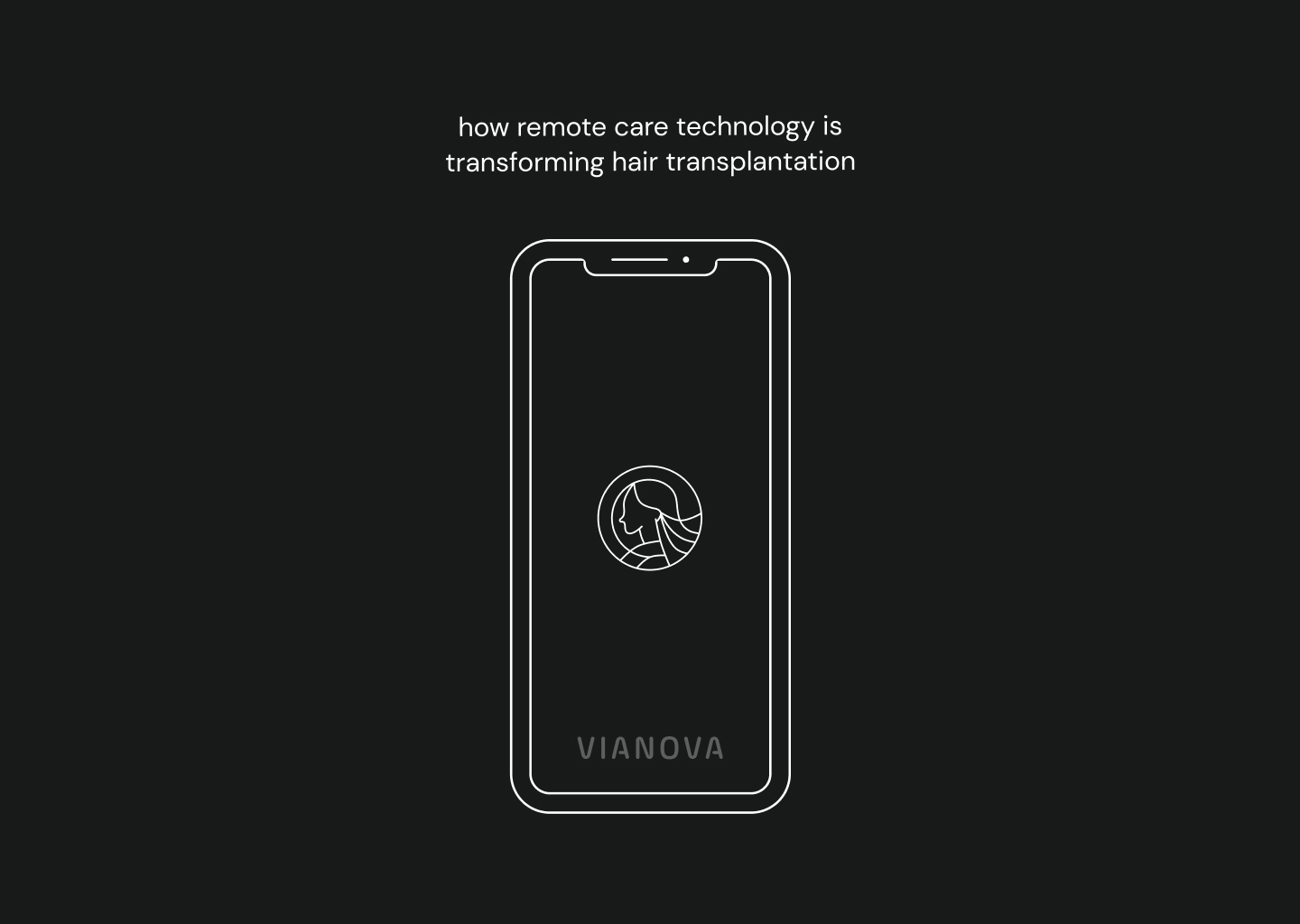
How Remote Care Technology is Transforming Hair Transplantation
The field of hair transplantation has seen significant advancements in recent years, thanks in large part to the growing use of remote care technology. With the help of telemedicine, patients can now consult with hair transplant specialists from the comfort of their own homes, receiving personalized treatment plans and follow-up care without having to travel to a clinic.
One of the main advantages of remote care technology in hair transplantation is the ability to connect patients with highly skilled specialists. In the past, patients would often have to travel long distances to receive treatment from the best doctors in the field. But with telemedicine, patients can now consult with top specialists regardless of their location. This not only makes it more convenient for patients, but it also ensures that they receive the highest quality care possible.
Another advantage of remote care technology in hair transplantation is the ability to monitor patients more closely. With the help of remote monitoring tools, doctors can track patients’ progress and make adjustments to their treatment plans as needed. This can help to ensure that patients receive the most effective treatment possible, leading to better outcomes and a faster recovery.
Remote care technology is also helping to reduce the cost of hair transplantation. By eliminating the need for patients to travel to a clinic, telemedicine can help to save patients money on transportation and accommodation. It can also help clinics to reduce their overhead costs, as they no longer need to maintain physical facilities and staff them with as many employees. This can make hair transplantation more affordable for patients, making it accessible to a wider range of people.
Overall, the use of remote care technology in hair transplantation is making it easier and more convenient for patients to receive the treatment they need. By connecting patients with top specialists, enabling close monitoring, and reducing costs, telemedicine is helping to improve outcomes and make hair transplantation more accessible to everyone.
One of the key ways that remote care technology is impacting the field of hair transplantation is by increasing engagement with patients and hospitals. With telemedicine, patients can receive personalized treatment plans and follow-up care without having to visit a clinic in person. This not only makes it more convenient for patients, but it also allows them to be more involved in their own treatment.
For example, with the help of remote monitoring tools, patients can track their own progress and share their data with their doctors. This can help to improve communication between patients and their doctors, enabling doctors to make more informed decisions about treatment. It can also help to empower patients, allowing them to take a more active role in their own care.
One company that is offering remote care technology for hair transplantation is Vianova. Vianova is a global provider of telemedicine services, offering the latest behavior change technology from Stanford University. With the help of Vianova’s technology, patients can consult with hair transplant specialists from around the world, receiving personalized treatment plans and follow-up care from the comfort of their own homes.
In addition to increasing engagement with patients and hospitals, Vianova’s technology also offers a number of other benefits. For example, it allows patients to receive care from top specialists regardless of their location, ensuring that they receive the highest quality care possible. It also enables doctors to monitor patients closely, making it easier to adjust treatment plans as needed. And because it eliminates the need for patients to travel to a clinic, Vianova’s technology can help to reduce the cost of hair transplantation, making it more affordable for patients.
Overall, the use of remote care technology in hair transplantation is making it easier and more convenient for patients to receive the treatment they need. By increasing engagement with patients and hospitals, and offering the latest behavior change technology from Stanford University, companies like Vianova are helping to improve outcomes and make hair transplantation more accessible to everyone.



FEEL FREE TO DROP US A LINE.